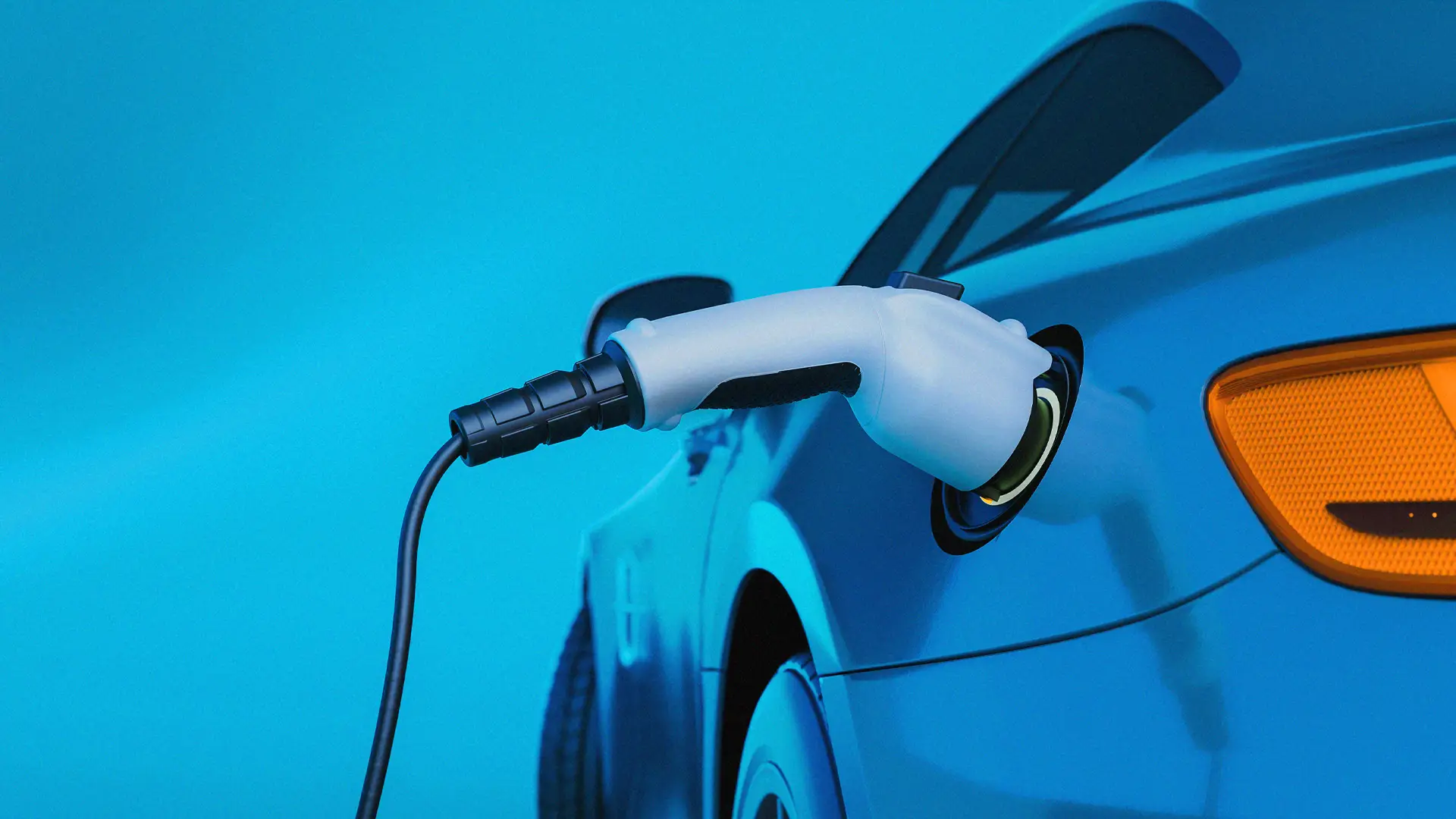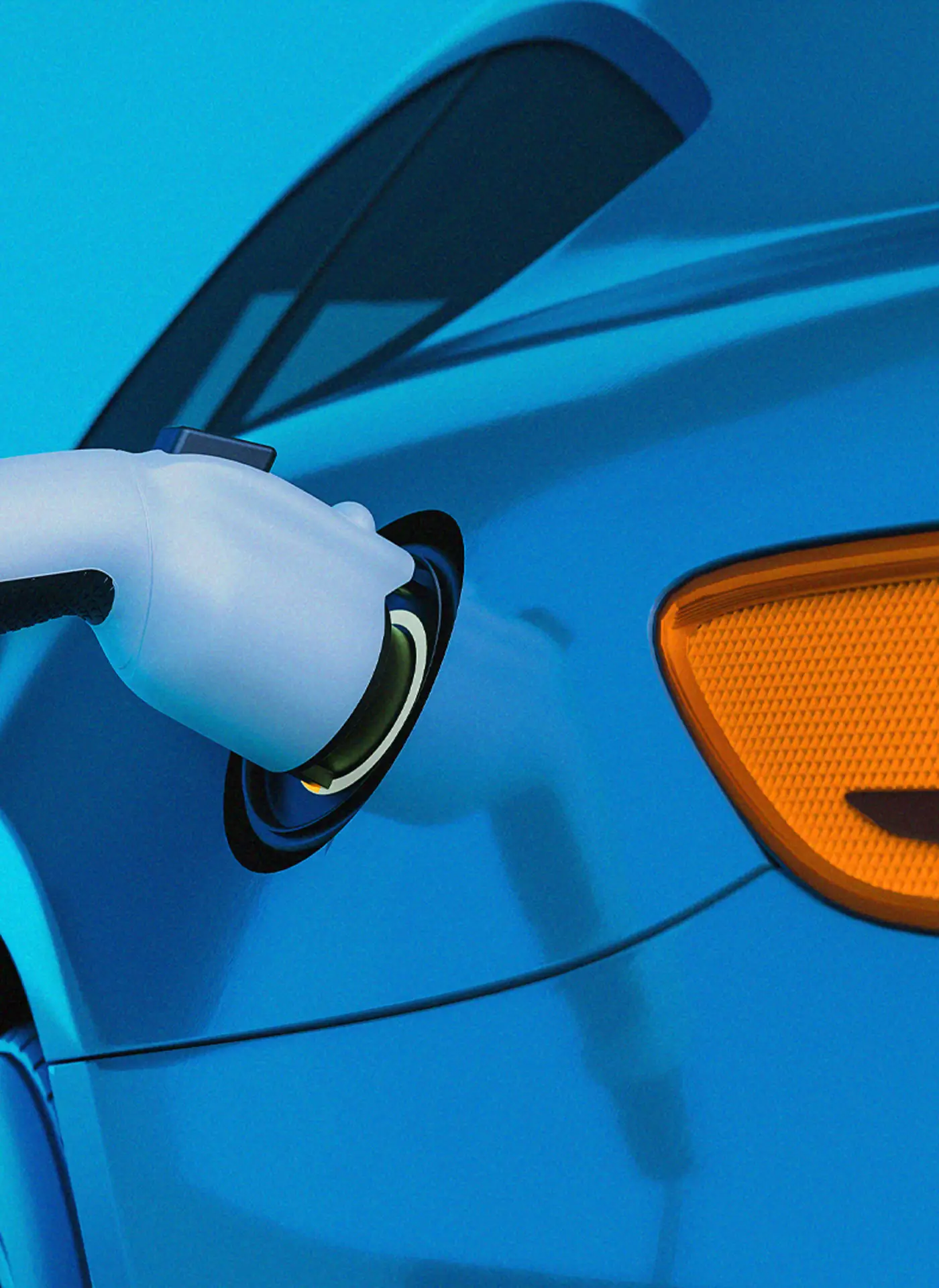

Key Takeaways
- EVs are becoming more accessible, yet mass-market adoption requires time, with affordability and infrastructure being crucial factors.
- Innovations in battery technology are driving down EV prices, while programs like NEVI EV charging are investing in public charging infrastructure nationwide.
- Neighborhoods with high homeownership rates are likely to experience rapid EV adoption, presenting opportunities for marketers to engage with owners and offer incentives.
- Leveraging the NEVI EV charging network for targeted marketing and forming partnerships with alternative retail formats, such as Buc-ee's, can help expand the charging network.
- Brands that effectively use data, technology, and creative marketing strategies will thrive in the growing EV market.
Listen: Drive the EV market surge with powerful growth strategies.
It's easy to be a jittery marketer when it comes to EVs today. For anyone paying attention, the recent “half-step back” announcements can be disorienting. In moments like this, it's important to remember that even the worthiest innovations can take time for mass adoption.
The evolution of automobile accessibility
Looking back to when the Model T first rolled off the assembly line, it was a luxury only the affluent could afford. Only later, when its price radically dropped, did the automobile become accessible to the general public.
However, affordability wasn't the only factor that fueled the mass adoption of cars in the early 20th century. The establishment of the American highway system greatly increased Americans' mobility, sparking a nationwide love affair with automobiles.
Fast-forward to the 21st century, observant marketers are witnessing similar automotive adoption patterns. Early EVs came with a hefty “green premium,” and “innovators” primarily purchased them. As prices have fallen, early adopters have started to purchase EVs. Yet, just like the very first cars, EVs won't achieve mass-market adoption until costs come down and the necessary infrastructure is in place.
Regarding the cost barrier, battery innovations and emerging tech are already dramatically lowering pricing. In China—the world leader in EV manufacturing—you can get a BYD model for the equivalent of $12,000.
With BYD's bold pricing move, it's clear the “better horse” race is on. Seasoned marketers know the first mover doesn't always hold its position. It'll be the clever brands, those that tackle the big, open question of infrastructure, who will leapfrog the competition and take the lead. Further, knowing the EV wave is coming (and that it's easy to spot on a map), they'll align their comms along the path of the emerging charging infrastructure.
This path is taking shape in two main forms: private and public. Private charging has significantly contributed to initial EV ownership growth, with 88% of owners saying they “often” or “always” charge at home (JD Power). However, demand from “innovators” and “early adopters” will plateau. As this saturation occurs, the public charging network will emerge to serve the approximately 100 million Americans living in multi-family homes, rental units, and rural areas. Mass-middle cohorts will begin purchasing EVS, driving rapid and sustainable growth for the category.
Building the EV charging infrastructure
Recognizing the need to jump-start this growth, the National Electric Vehicle Infrastructure (NEVI) program was launched to accelerate public charging infrastructure development. With $7.5 billion in dedicated federal funding, EV chargers will soon become more accessible for quick trips around town and road trips all across the country.
Every state has been empowered to develop its own plan to contribute to the nationwide network of DC fast chargers, along federally designated Alternative Fuel Corridors. Thirty-three states have developed deployment plans, and 16 states are awarding suppliers and installing charging stations. As of now, there are more than 183,000 publicly available charging ports, with 900 new chargers opening each week. Once again, public infrastructure investment is fueling a rapidly changing America.
The neighborhood effect: driving EV adoption
Across the country, “hot spot” areas with clusters of EV adoption are happening in neighborhoods with high percentages of homeownership. The most effective messengers and advocates for electric vehicles are owners themselves. With 94% of EV owners saying they're happy with their purchase, and 81% saying they've already recommended EVs to friends, neighbors, and family, these trusted messengers are the biggest drivers of growth. This hot spot phenomenon is called the Neighborhood Effect, and these highly identifiable communities, down to the zip code, will tip toward EV adoption first and fastest.
Capitalizing on the neighborhood effect
So, how can marketers capitalize on this approaching “hot spot” momentum? In addition to a data-driven, precision-marketing campaign, marketers should consider:
- Developing programs to help EV owners personally engage with fence-sitting early adopters in order to bear witness to the “social proof” they need before buying into a new technology.
- Offering a Referral Bonus program to encourage owners to advocate for EVs. They'll share their thoughts anyway, so why not reward them for their advocacy?
- Creating marketing campaigns with “real-world” testimonials. Chevrolet once dominated the airwaves with its “Real People. Not Actors.” campaign for its internal combustion engine (ICE) vehicles. Why not invest in letting EV owners share their stories with the world as well?
- Initiate a Nano-Influencer program composed of EV-driving community and business leaders in emerging “hot spot” markets.
- Sponsoring EV drive programs to benefit local food banks or humane societies. After experiencing a test drive, EV consideration nearly triples!
Leveraging the NEVI EV charging network for marketing success
Next, marketers can get ahead of the approaching mass-market adoption wave by meeting customers where they are along the path of the NEVI charging network. Precision marketing and modeling can help identify future-ready audiences who'll be curious to attend trial events at their new, local charging station. Marketers can celebrate these “grand opening” events, as car dealers of yesteryear did for new model launches.
Brands can also take lessons from 20th century mad men, when marketing and businesses adapted and innovated so Americans could get their “kicks on Route 66.” As EV charging stations don't transmit hazardous materials, they can be safely installed in parking garages, coffee shops, and sports stadiums, creating a public charging network designed entirely around convenience.
Consider Mercedes' partnership with Buc-ee's on an alternative-retail format with charging hubs at locations all across Texas. Buc-ee's isn't your run-of-the-mill convenience store—they're huge and offer a variety of items, including food, clothing, home decor, and Texas-themed merchandise. They're known for their homemade fudge, jerky, and beaver nuggets (caramel-coated corn puffs!). Soon, they'll also be known as the place to chow down and charge up on the road.
The future of EV market success
While Mercedes and “beaver nuggets” may seem like an odd pair, both brands must know what their customers want. Bottom line, there's a tremendous opportunity to shake up the pecking order in the EV space. The market is growing rapidly, and there's still plenty of room for innovation. The winners will be the brands that leverage data, technology, marketing innovation, and creativity to meet their audiences when and where they are on the path to purchasing an EV. To be sure, this path will run in tandem with the path of our nation's fast-growing charging infrastructure.
Related

Great brand collaborations are the best to strengthen identity.
Design & Experience, Insights & Trends, Marketing & Creative, Beauty and Fashion

Consumer demand and policy are driving EV market growth.
Development & Technology, Insights & Trends, Automotive

Are you missing opportunities to improve health screenings?
Design & Experience, Marketing & Creative, Health



